The Sierra de Bejar it's a paradise for those fleeing the beaches and looking to refresh their summer in the middle of nature , between natural pools hidden behind waterfalls and vertiginous cliffs; or between centuries-old towns where rural tourism eats, drinks and dances. All these notes fit together in our particular travel stave, forming a perfect melody that has an illustrious name: La villa salmantina de Béjar.
Gone are the mountains, the Bear Throat and the chestnut groves to reach one of the most important cities historically. within the province of Salamanca . At first sight the town looks sober, with its stone houses so typical of Castilian architecture , so sober as the character of Salamanca , very perceptible in Bejaranos, who already they have become accustomed to the comings and goings of travelers who want to discover their treasures.
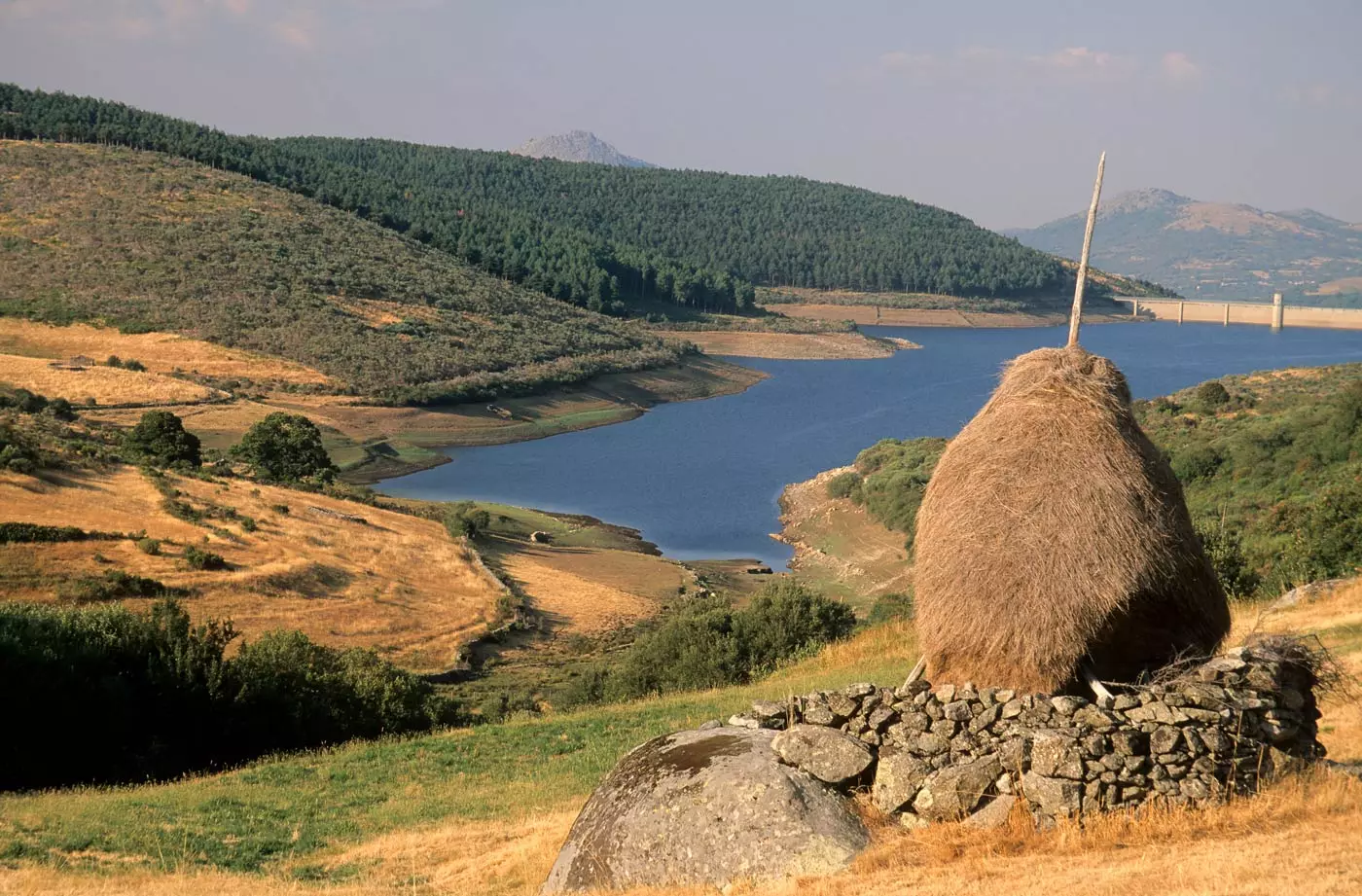
Mountain ranges of Béjar, Salamanca.
But that sobriety dissipates once we reach the ramparts and get carried away by a city that has been carved by history and by the Zúñiga house , since Don Álvaro Zúñiga, in addition to being Duke of Plasencia, was also Duke of Béjar. The Zúñiga family promoted the textile industry in Béjar thanks to the fabrics that were brought from Flanders, which led to great prosperity. Bejar became a city that would raise large religious buildings and temples , becoming a certain commercial reference in the Middle Ages.
To unravel the history of Béjar it is best to go to Corredera Park , where the Tourist Office is located. It is the best starting point because there are several historical routes through the city of Béjar and that is where they can best explain it to you.
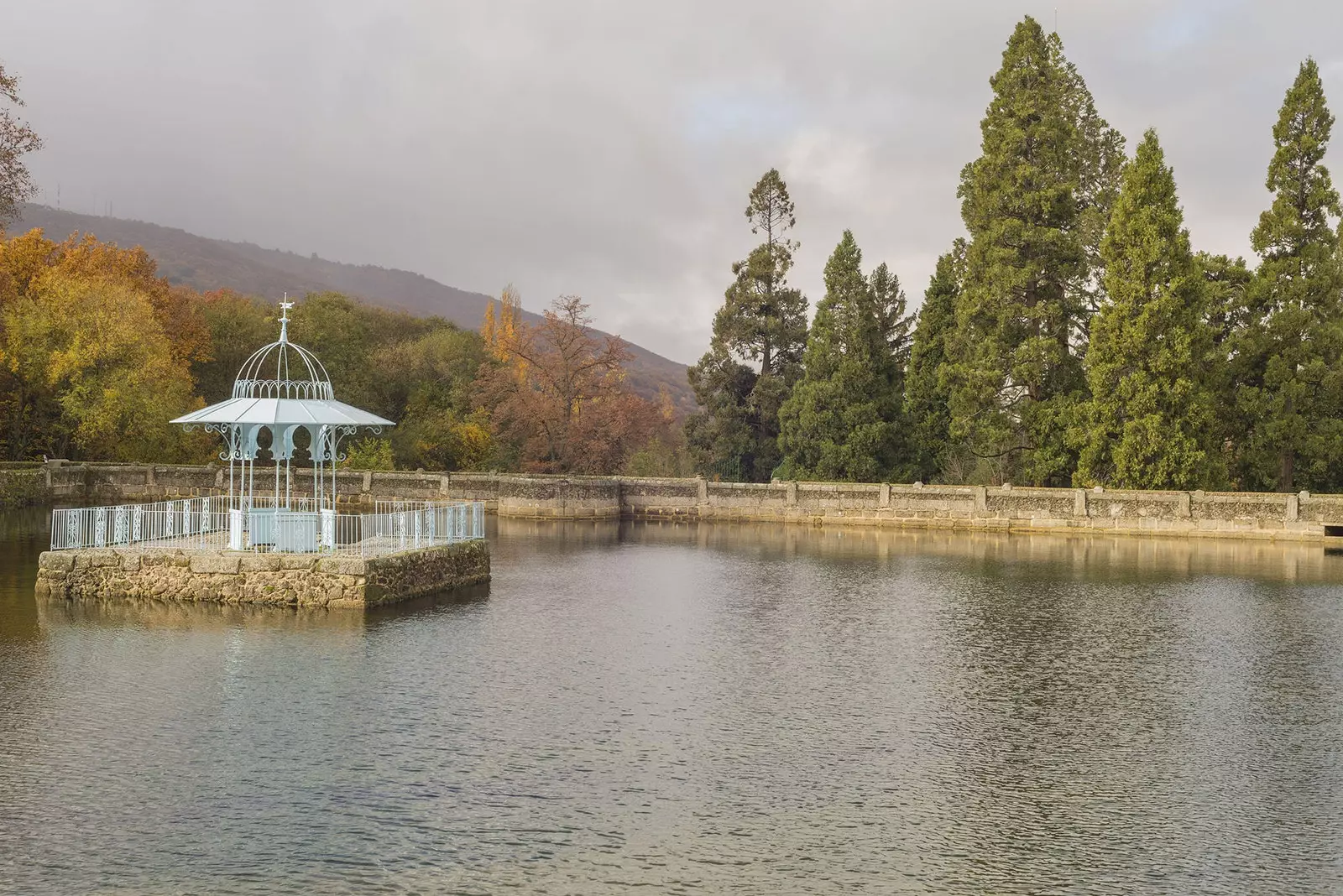
Fountain in Béjar, Salamanca.
SOBRIETY, WALLS AND SEPHARDIC ESSENCE
Béjar is an elongated town so, unlike its neighbors Plasencia or Salamanca, you don't wander around too much. Leaving the Tourist Office you have to border the Parque de la Corredera to reach the Plaza de España , place to which we will return at the end of the route to eat at Meson Antonio , one of the essentials of Béjar.
Our mission is reach the Wall through the beautiful streets of Béjar , passing first through the church of San Juan Bautista , a beautiful Romanesque temple from the 13th century and that in the 16th century underwent a remodeling towards the Renaissance. It is very peculiar smell of old wood that fires its interior. A little higher is the Valerian Salas Museum , a precious art collection which are exhibited in what was an old convent that bears the powerful coat of arms of the Zúñiga family.
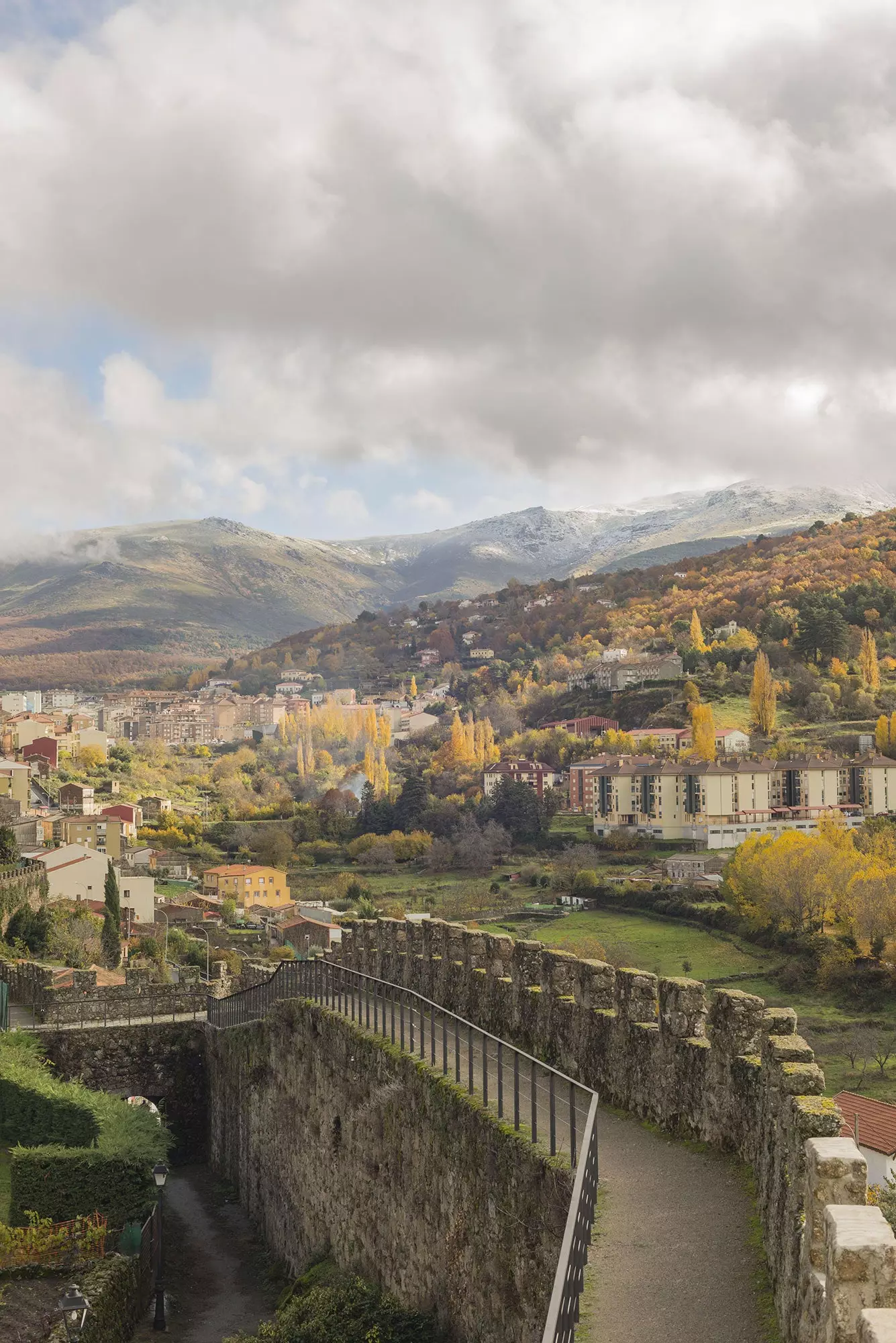
Wall of Bejar.
It is not the only museum in the city . In Béjar you can find several museums , being that of Mateo Hernández one of the most representative . The homage that the town pays to him, one of his most illustrious Bejaranos, rises above the old Church of San Gil , of which he still retains some reminiscences worth seeing . Along the way, just before arriving, you will find the beautiful Cervantes Theater going down Olleros street, a beautiful Elizabethan style theater dating from 1857, contemporary to the Calderón Theater in Madrid (1864) and the Barcelona Liceo (1847), one of the oldest in our country.
Following the Mayor street of Pardiñas you reach the Plaza Mayor , place where you have to do a slightly longer stop . The Doge's Palace appears almost out of nowhere, giving the feeling that it is a defensive fortress . And we wouldn't be misguided because it was originally a 13th-century Moorish castle-fortress to defend the city. But the Zúñiga loved beautiful and well-made things, so they decided to remodel the castle Y convert it into a renaissance mansion that it looked modern for the time and, above all, very elegant.
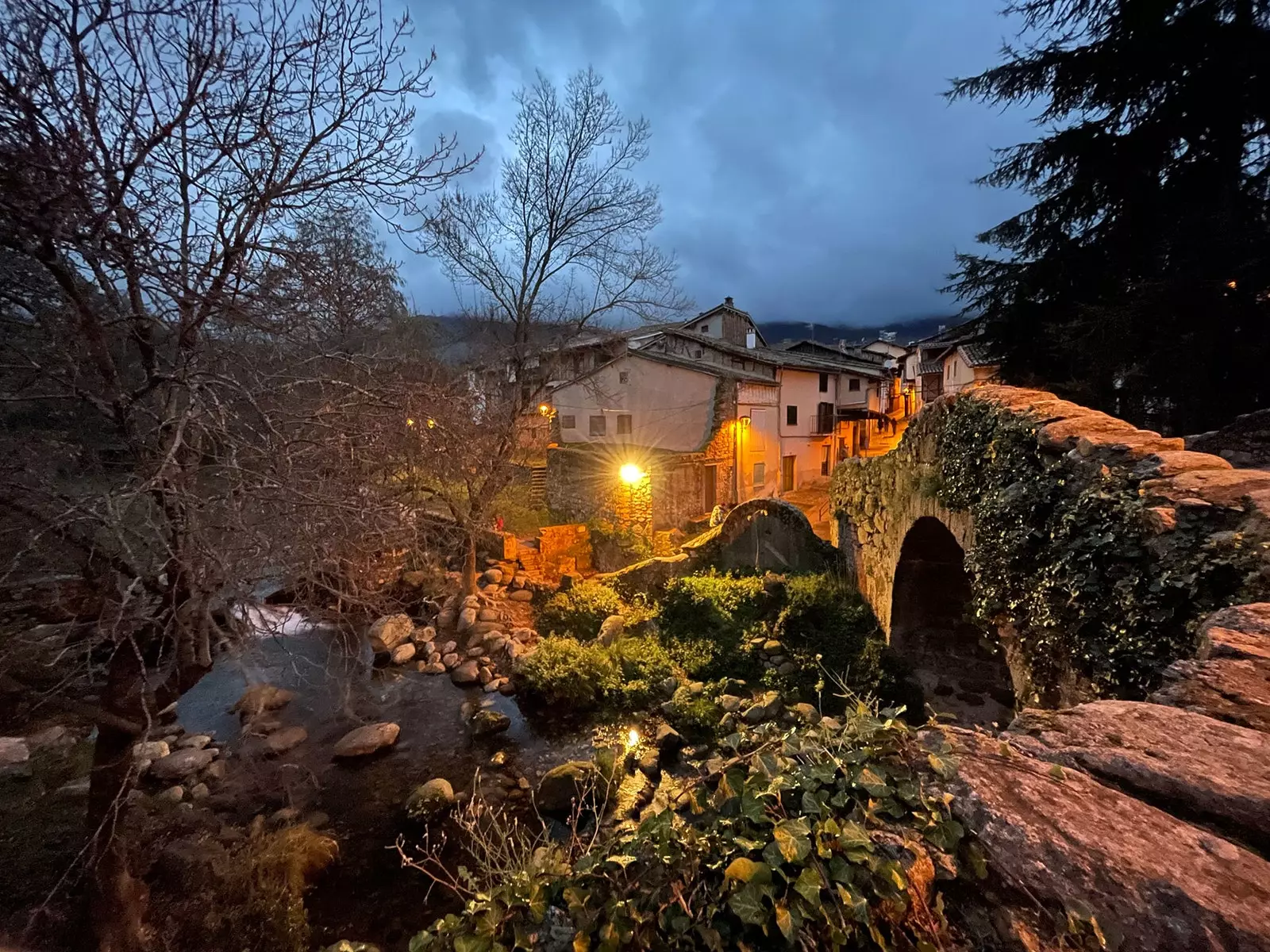
Night view of Bejar.
Unfortunately the Palace cannot be visited in its entirety since it is currently a center of
teaching, but if you can see the tower. From here we go down the stairs until we reach the unfortunate Church of El Salvador, an ancient Gothic temple from the end of the 12th century that lost all its coffered ceiling in a fire in 1936.
Very close is the Church of Santa María la Mayor , crossing what was once the home of the Jewish community of Béjar . The Jews played a very important role in the city of Salamanca, and proof of this is David Melul Jewish Museum , three steps from this church, a place where you can unravel part of the exciting past of the town . The Jewish quarter of Béjar was once a hive of merchants and craftsmen who allowed the economic flourishing of the city although today hardly anything remains of that splendor.
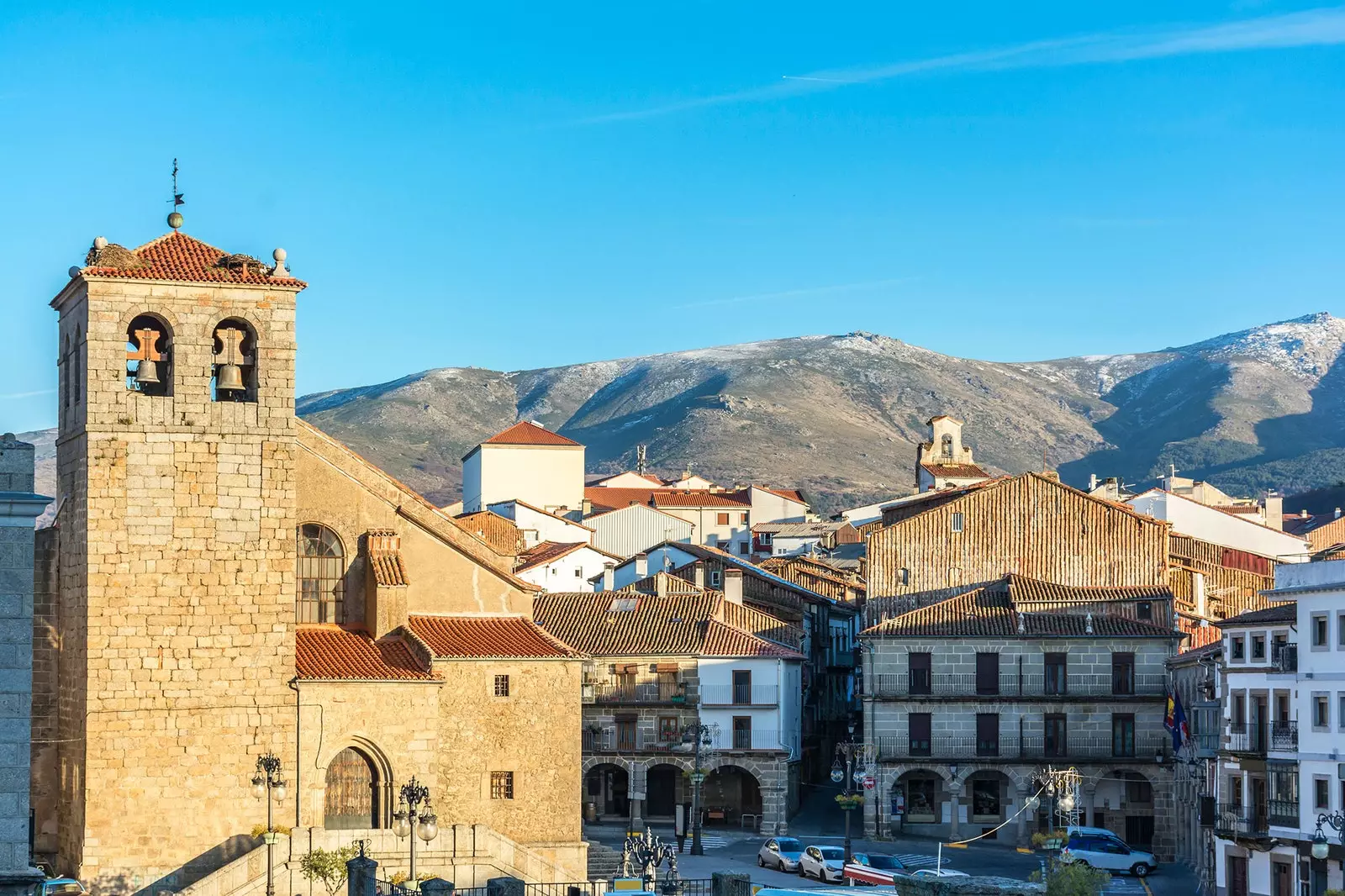
Church of El Salvador in the main square of Maldonado in Béjar, province of Salamanca. In the background, the Gata mountains.
From here and a few steps we reach the wall , the end of our route and a place from where we can do the most beautiful photographs of the trip . The medieval wall of Béjar originally belonged to the Arab fortress that existed prior to the Reconquest. It only has two doors. and they can be walked from the top from side to side in about fifteen minutes, more than enough time to get hungry and look for a good place to eat.
GASTRONOMY FOR ALL POCKETS
One of the things we find in this part of Salamanca is that your table shares many things with the gastronomy of Extremadura . With the heat you fancy a fresh zorongollo, a bell pepper salad that is very popular in Cáceres and that is also present here. Like perrunillas and good ham. Although as good Castilians, Bejaranos opt for baked and grilled meats , more if they come from kid or suckling lamb.
The Plaza Mayor is a good place to enjoy Bejarana gastronomy . A place not to miss is the Pavón Restaurant, which has a terrace in the same square to whet your appetite with some good tapas . Opposite Pavón and attached to the town hall is Scorching Armando, a paradise for meat lovers who want to see their fantasies materialized on a grill, and from grill to plate. Besides that the quantities are very generous , the product they work with is theirs. They know what they offer.
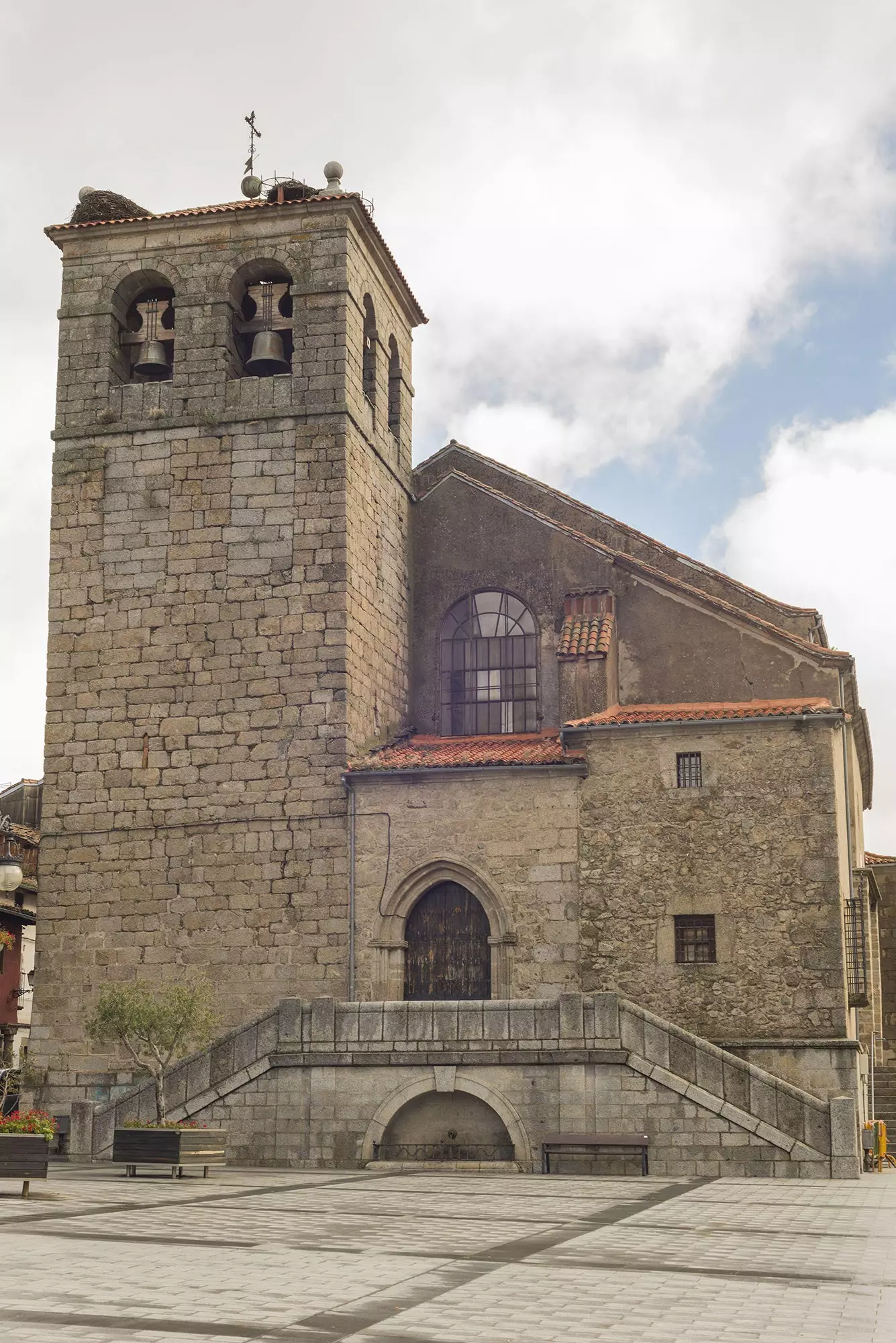
Church of the Savior.
obviously needless to say Mesón Antonio (Libertad, 22) is a mandatory stop yes or yes. It's found a few meters from the Plaza Mayor and it is a true temple of the spoon, the suckling pig, the revolconas and grandma's desserts . Of course, the site is very small, so
to eat there you have to wake up.
If you go with a tight budget, there are Other options in the surroundings of the Béjar soccer field. The Forest Inn (Bishop Zarranz y Pueyo, 62) and the Silver Restaurant (Recreation, 93) are the place to go if you want tap at a good price . Salamanca wines, grilled meats, home-made desserts without hesitation,... you couldn't ask for more.
MORE PLANS!
In Béjar there was such a prolific textile activity that it became one of the largest production centers in Spain . Today many of those factories are extinct but there is a route of the textile factories to learn more about this episode in the history of Béjar. In the Tourist Office they give you all the information.
The bullring of Béjar known as "The Old Lady" and this is because it is one of the oldest bullrings in Spain . Its construction dates back to 1711 and it has been declared an Asset of Cultural Interest since 1997. Between July 14 and 17 it becomes a giant stage since the famous Castilla y León International Blues Festival , a date with music that you have to experience once in your life.
The natural pool Puente del Congosto is one of the pools in the Sierra de Béjar that best
It will help you mitigate the heat and high temperatures. It is not far from Béjar and well worth a
full-fledged Sunday day.
